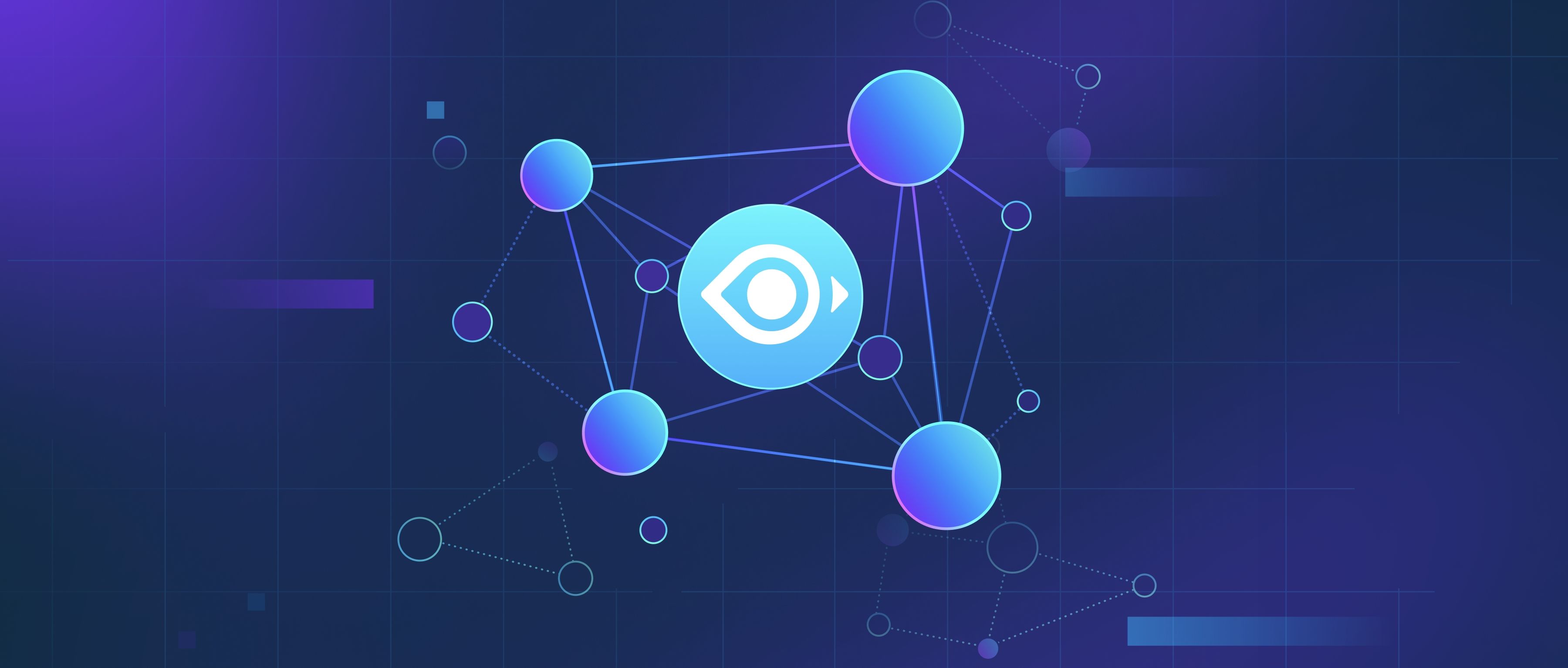Distributed systems enable efficient training of LLMs by dividing the workload across multiple GPUs, TPUs, or compute nodes. This parallelism allows the processing of larger models and datasets, significantly reducing training time. Distributed training can be implemented at different levels, such as data parallelism, model parallelism, or pipeline parallelism.
Data parallelism splits the dataset across multiple devices, where each processes a subset of the data independently, and gradients are synchronized after each step. Model parallelism divides the model itself across devices, allowing larger architectures to fit within memory constraints. Pipeline parallelism segments the model into stages, with each stage processed sequentially by different devices.
Frameworks like Horovod, PyTorch Distributed, and DeepSpeed simplify distributed training by managing synchronization and communication between devices. High-speed interconnects like InfiniBand ensure efficient data transfer, further optimizing performance. These systems make it feasible to train massive LLMs like GPT-4, which require significant computational resources.
